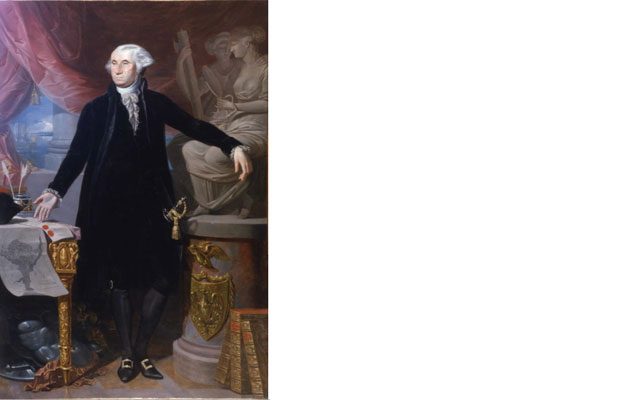
Date/Time
Thursday, January 25, 2018
4:00 pm – 5:00 pm
Location
Royce Hall, Room 306
10745 Dickson Plaza
Early Modern Cosmopolitanisms Lecture
—Byron Hamann (The Ohio State University)
In the opening pages of The Invention of America (1961), Mexican historian Edmundo O’Gorman asks the following question: “…let us suppose that the caretaker of an archive comes across an ancient papyrus in a cellar. The next day he brings it to the attention of a professor of classical literature, who after careful study realizes that it is an hitherto unknown text by Aristotle. Who is the discoverer of this document, the caretaker who found it or the professor who identified it?” But something is missing from O’Gorman’s parable: the archival architecture where encounters of papyrus, archivist, and scholar take place. This lecture provides a media history of Seville’s Archive of the Indies in the late eighteenth century, exploring how its new assemblage of architecture, humans, documents, and metadata was part of a broader process by which the Americas were newly imagined as lands separate, and separable from, the Old World. The invention of the colonial Americas—”invention” in all of the senses defined by the Spanish Royal Academy in 1780 (the word “colonial” will not appear in their dictionary until 1837)—was central to this process of separation.
Byron Ellsworth Hamann holds a dual Ph.D. in Anthropology and History from the University of Chicago. His research focuses on the art and writing of pre-Hispanic Mesoamerica and the connections linking the Americas and Europe in the early modern Mediterratlantic world. He is an editor of Grey Room (www.greyroom.org); co-director (with Liza Bakewell) of Mesolore: Exploring Mesoamerican Culture (www.mesolore.org); project manager (for Dana Leibsohn and Barbara Mundy) of Vistas: Visual Culture in Spanish America, 1520–1820 (http://vistas-visual-culture.net); and author of The Translations of Nebrija: Language, Culture, and Circulation in the Early Modern World (University of Massachusetts Press, 2015).
This lecture is presented as part of Early Modern Cosmopolitanisms, a lecture series hosted by Barbara Fuchs (University of California, Los Angeles) and Andrew Devereux (Loyola Marymount University) and sponsored by the UCLA Center for 17th- & 18th-Century Studies.
No registration is required.
Questions?
Contact Jeanette LaVere at jlavere@humnet.ucla.edu or 310-206-8552.
Image:
Portrait of George Washington commemorating the “Treaty of Friendship, limits and Navigation between Spain and the United States. Done of San Lorenzo el Real this 27th day of October 1795.” Painted by Joseph Perovani, the work was commissioned in 1796 by José de Jáudenes (Spanish ambassador in Philadelphia) as a gift for Spanish Prime Minister Manuel Godoy. 220 cm x 145 cm. [Museo de la Real Academia de Bellas Artes de San Fernando, Madrid, Inventario 0693.]


